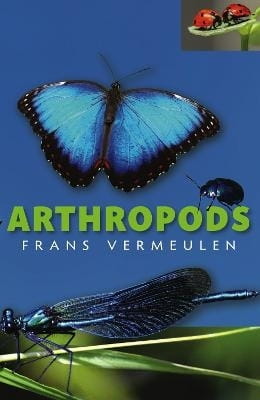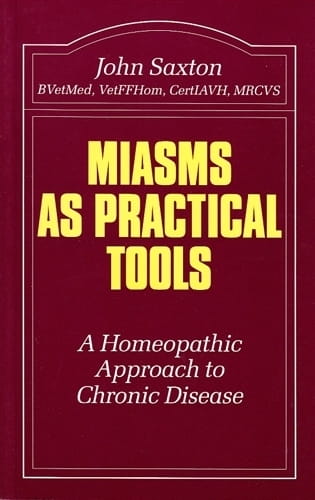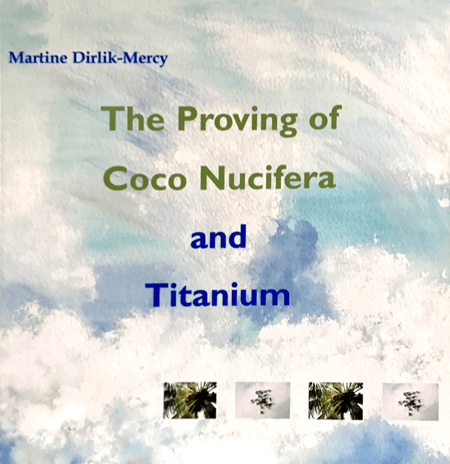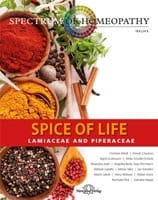New Books in Stock
-
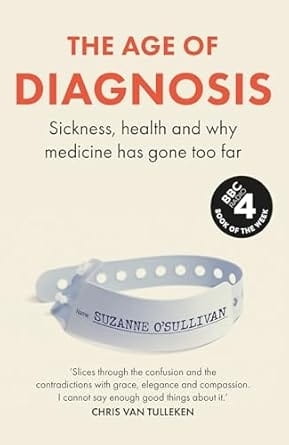 In Stock
The Age of Diagnosis
In Stock
The Age of Diagnosis
-
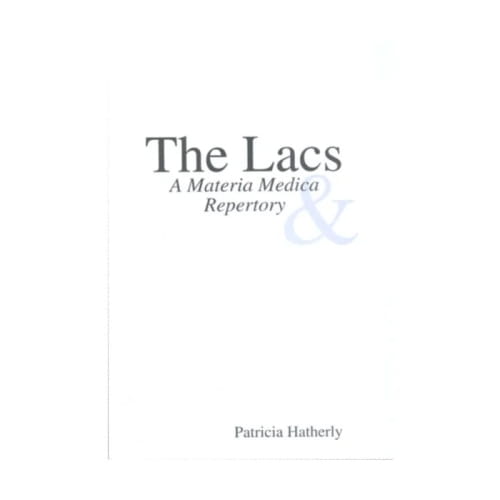 In Stock
The Lacs - A Materia Medica and Repertory
In Stock
The Lacs - A Materia Medica and Repertory
-
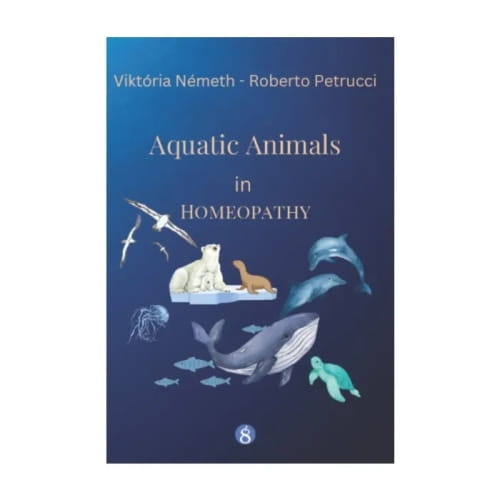 In Stock
Aquatic Animals in Homeopathy
In Stock
Aquatic Animals in Homeopathy
-
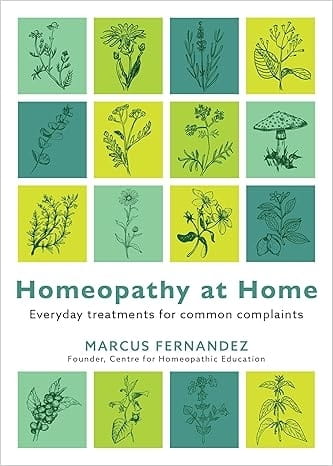 In Stock
Homeopathy at Home
In Stock
Homeopathy at Home
-
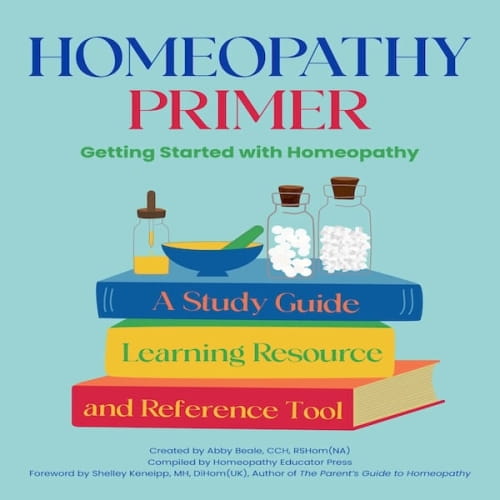 In Stock
Homeopathy Primer: Getting Started with Homeopathy
In Stock
Homeopathy Primer: Getting Started with Homeopathy
-
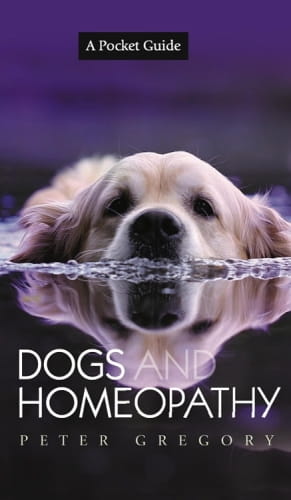 In Stock
Dogs and Homeopathy - A Pocket Guide
In Stock
Dogs and Homeopathy - A Pocket Guide
-
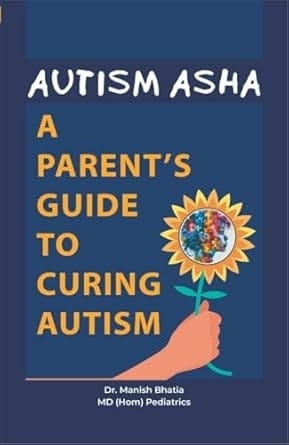 In Stock
Autism Asha - A Parent's Guide to Curing Autism
In Stock
Autism Asha - A Parent's Guide to Curing Autism
-
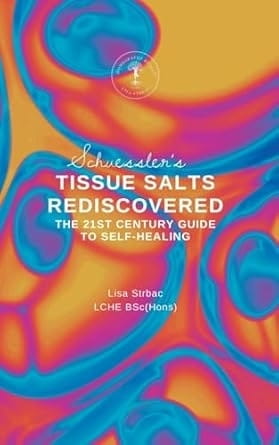 In Stock
Schuessler's Tissue Salts Rediscovered
In Stock
Schuessler's Tissue Salts Rediscovered
March Offers
With customers in 66 countries, we offer a huge range of quality books on homeopathy and complimentary medicine at great value prices from our online bookstore. Order online or contact us now.
-
Contact Us
-
Blog
Catch up with the latest news at The Homeopathic Book Company and the wider homeopathic community.
-
Sustainability
We are on a journey to play our part in protecting the Planet through a Sustainability Plan for our business.
-
Knowledge Base
-
Newsletter
Sign up for our newsletter to receive our latest updates.
-
Social

.png)






